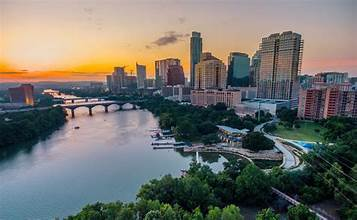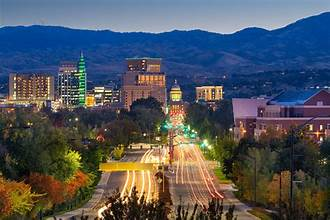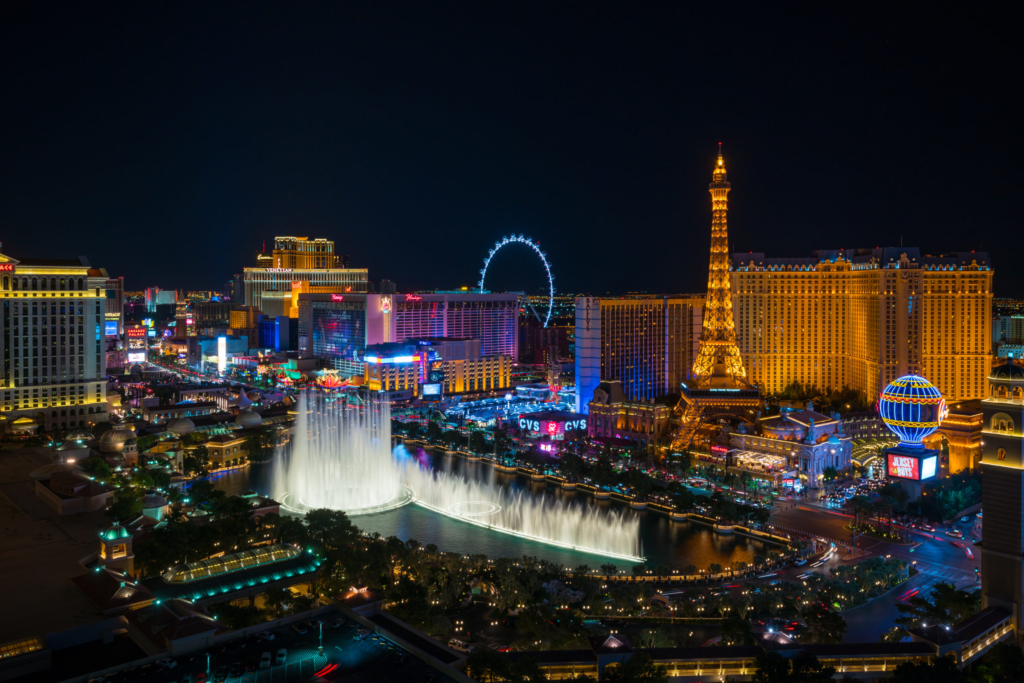The American housing market cities is showing signs of stress in several regions, raising concerns among economists and homebuyers alike. While the national market remains relatively stable, some cities are heating up dangerously fast, signaling the early signs of a potential housing bubble.
A housing bubble occurs when property prices rise rapidly, driven by high demand, speculation, and investor activity — only to crash later when the market corrects itself. These bubbles often leave thousands of homeowners underwater, with mortgages worth more than the value of their homes.
According to recent market data and expert analysis, three US cities are particularly vulnerable to this scenario in 2025.
1. Austin, Texas: A Tech Boom with Soaring Risks
Austin has been one of the fastest-growing housing markets in the country over the past decade. Fueled by a tech industry surge and remote work trends, housing prices in the Texas capital skyrocketed during the pandemic.

Between 2020 and 2022, Austin saw a nearly 40% increase in home prices — one of the highest in the nation. However, in 2023 and 2024, growth slowed, and home prices started to correct, raising concerns that the city may have already peaked.
Why Austin Is at Risk:
- Over-inflated prices far above national averages
- Rising mortgage rates affecting affordability
- Increase in housing supply without matching demand
- Investors pulling out after early pandemic gains
According to CoreLogic, Austin ranks among the top metro areas with a high probability of price declines in 2025. Source
2. Boise, Idaho: From Affordable to Overpriced
Boise was once a hidden gem for affordable living. However, during the COVID-19 pandemic, it became a hot destination for people fleeing expensive cities like San Francisco and Seattle. This influx caused home prices to jump by over 50% from 2020 to 2022.

The problem? Boise’s wage growth and local economy haven’t kept pace with the rise in housing costs. Many locals are now priced out, while inventory is growing, and homes are sitting longer on the market.
Risk Factors for Boise:
- Extreme home price-to-income ratio
- Decreasing demand from out-of-state buyers
- Higher mortgage rates slowing new purchases
- Growing unsold inventory in 2024
A 2024 report from Moody’s Analytics flagged Boise as one of the top overvalued housing markets in the US. Source
3. Las Vegas, Nevada: Betting Against the Odds
Las Vegas has long been known for its boom-and-bust housing cycles. After being one of the hardest-hit cities during the 2008 housing crash, it is once again showing signs of overextension.

While the city saw impressive price growth during the pandemic, 2023 and 2024 brought stagnation. Home prices have started to flatten or even drop in some neighborhoods, and rental prices are declining as well, which can be an early warning sign of market correction.
Key Red Flags:
- High investor ownership in residential properties
- Dependence on hospitality industry and tourism
- Local wages not aligned with housing costs
- High levels of mortgage delinquencies compared to national average
The Federal Reserve Bank of Dallas recently listed Las Vegas as one of the metro areas showing “significant housing market imbalances.” Source
What Causes a Housing Bubble?
Housing bubbles are usually caused by a mix of:
- Low interest rates
- Loose lending practices
- Rapid price appreciation
- Speculative buying
When too many people buy homes expecting prices to keep rising, the market becomes unstable. Once demand cools or interest rates rise, prices can drop quickly, leading to financial trouble for homeowners and investors.
How to Protect Yourself as a Buyer or Investor
If you’re planning to buy property in these cities, it’s essential to stay informed and cautious. Here are a few practical tips:
- Don’t Overpay: Stick to your budget and don’t buy out of fear.
- Watch Local Trends: Look beyond national news — focus on city-level data.
- Avoid Speculative Investing: Don’t buy with the hope of flipping quickly for profit.
- Ensure Income Stability: Don’t stretch your finances too thin, especially in uncertain markets.
You can also follow market updates from trusted resources like Redfin and Zillow Research.
The Bigger Picture
While these three cities are currently the most at risk, housing affordability and price volatility remain major issues across the United States. The combination of rising interest rates, slowing job growth, and inflated home values could trigger a broader slowdown.
Still, economists warn against widespread panic. Most experts believe that if a bubble bursts in these cities, the effects may remain localized due to stronger federal lending regulations compared to the pre-2008 era.
Conclusion
The housing market in 2025 is no longer red hot — and in some cities, it’s dangerously close to overheating. Austin, Boise, and Las Vegas stand out as the most vulnerable to a housing bubble, driven by high prices, slowing demand, and economic mismatches.
Whether you’re a first-time homebuyer, investor, or renter, it’s important to track these trends closely. Markets go up — but they also come down. And in some cities, that drop might be coming sooner than expected.
Also Read – 5 Warning Signs That Scare Off Real Estate Experts Instantly






